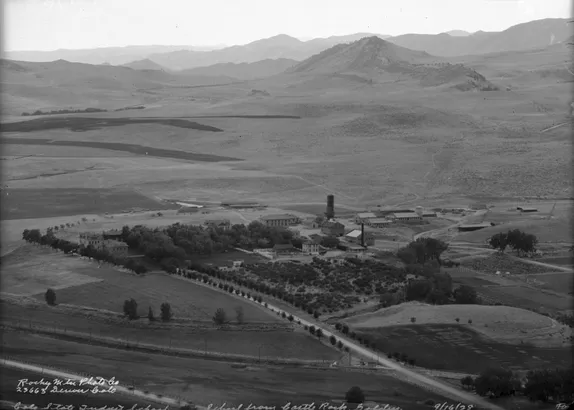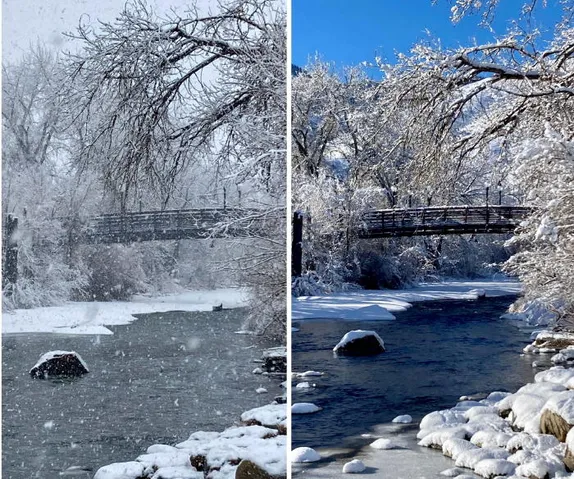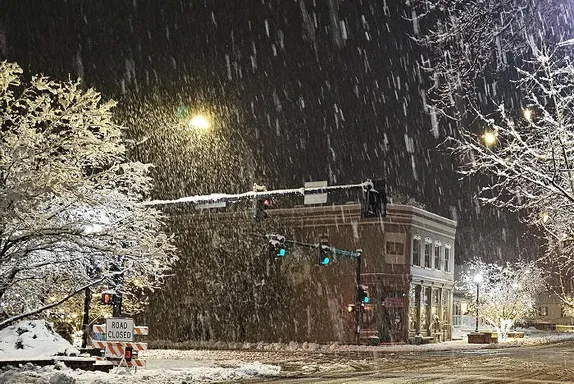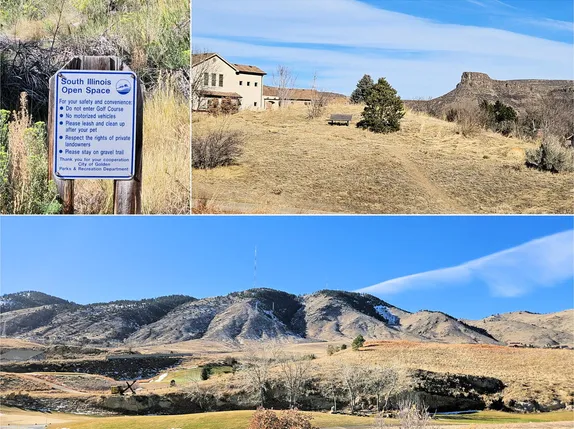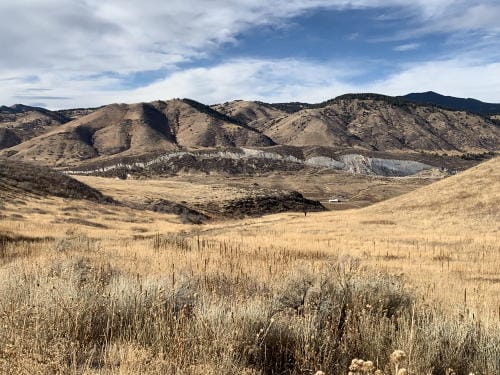
Virtual Events
9-9:55AM Silver Sneakers Classic
9-10AM Zumba
11-11:55AM HIIT & Sculpt
12-12:55PM All Levels Yoga Virtual
1-1:45PM Silver Sneakers Yoga
Real World Events
9-10AM Women’s Exercise and Bible Study @ First United Methodist Church
9:15-9:45AM Baby Time @ Golden Library
10AM-12PM and 1-3PM Wild West Walking Tour
10AM-11PM, 1-2PM and 4-5PM Wild West Short Tour
10:15-10:45AM Preschool Time @ Golden Library
10-10:45AM Storybook Tour @ Colorado Railroad Museum
1-3PM Hexie Ladies @ Rocky Mountain Quilt Museum
5:30-7:30PM Textile Society @ Golden Library
Live Music
6PM Karaoke with Linda @ Dirty Dogs Roadhouse
6PM Open Pick Night @ Over Yonder Brewing
Trivia

6:30-8:30PM Team Trivia Tuesdays @ Buffalo Rose
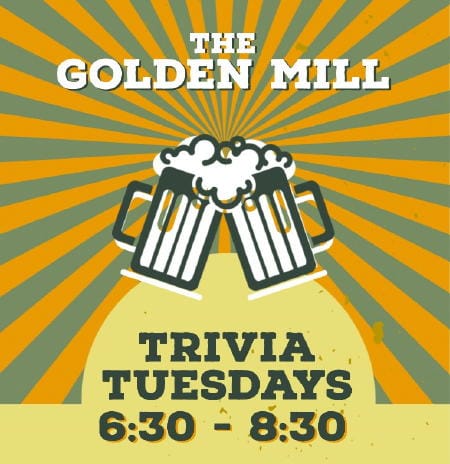
6:30-8:30PM Trivia Tuesdays @ Golden Mill
7PM Trivia Night @ the Ace
7-9PM Team Trivia Night @ Tributary Food Hall
Golden Geology Moment

Laramie Brick-Clay
The Laramie Formation in and around Golden yielded enormous quantities of clay and still does. Brick-clay contains iron and magnesium mixed with aluminum, making it fire at lower temperatures than aluminum-rich fire-clay; hence its use for brick and pipe-making. Laramie brick-clay mines extended from Clear Creek to south of Alameda Parkway from 1866 through the present (Fig. 78).

The Rubey Mine was the first large-scale Laramie brick-clay mining operation in Golden (Figs. 79 and 82), located on what is now the west side of the CSM campus. Limited brick-clay mining at the Rubey Mine site likely started around 1866.212 In 1877, G.W. Parfet began large-scale operations. From 1877 until the 1940s, the Rubey Mine was mostly an underground mine, using stope-mining methods. After World War II it became an open-pit quarry until abandonment in 1964, when it was transferred to CSM. The Hoyt Mine was another early Laramie brick-clay mine in Golden, likely beginning in the late 1870s. It was abandoned by 1900, but the workings (Figs. 78 and 82) are still visible at the south end of Illinois Street, along the Illinois Street Trail.

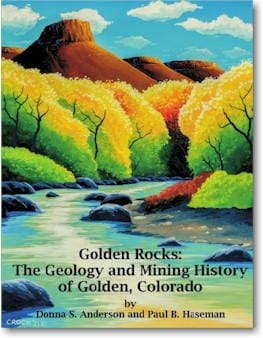
Tune in tomorrow for Brick Week – Part 2!
This was an excerpt from Golden Rocks: The Geology and Mining History of Golden, Colorado by Donna Anderson and Paul Haseman.
The authors have granted me permission to reprint excerpts, but I recommend that you read the whole book. You can buy a copy from the Lulu website, borrow one from the library (there’s a waiting list!), or read it online for free, courtesy of the School of Mines library.

